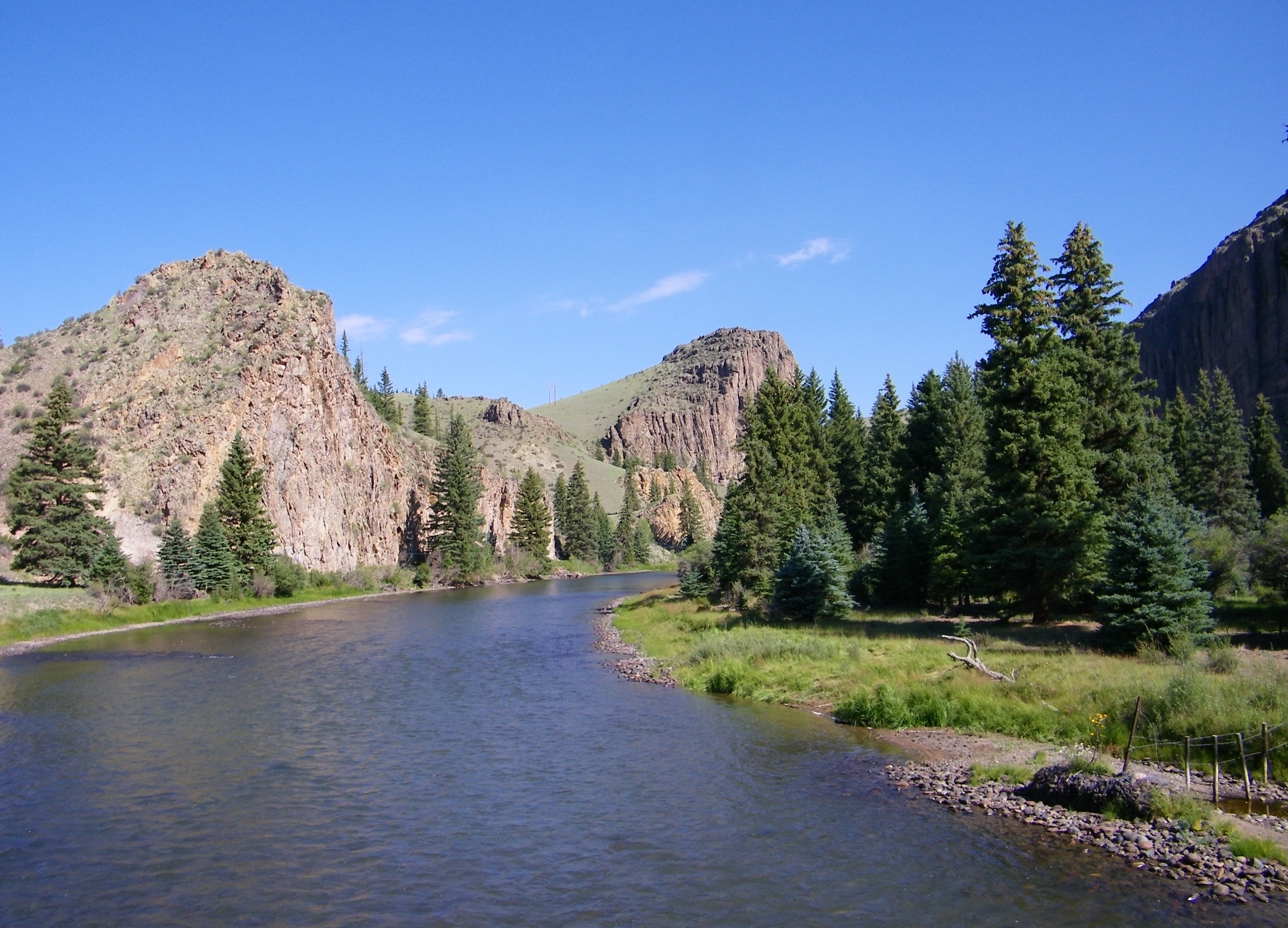|
Corythucha Tuthilli
''Corythucha tuthilli'' is a little-known species of lace bug Tingidae The Tingidae are a family of very small () insects in the order Hemiptera that are commonly referred to as lace bugs. This group is distributed worldwide with about 2,000 described species. They are called lace bugs because the pronotum and f ... native to Colorado and Arizona. ''Corythucha tuthilli'' was first described from Mineral County, Colorado in the southern Rocky Mountains. It was recently found again on woolly cinquefoil ('' Potentilla hippiana'' Lehm.; Rosaceae. References {{Taxonbar, from=Q5173806 Tingidae Insects described in 1940 Endemic fauna of Colorado Endemic insects of the United States ... [...More Info...] [...Related Items...] OR: [Wikipedia] [Google] [Baidu] |
Tingidae
The Tingidae are a family of very small () insects in the order Hemiptera that are commonly referred to as lace bugs. This group is distributed worldwide with about 2,000 described species. They are called lace bugs because the pronotum and fore wings of the adult have a delicate and intricate network of divided areas that resemble lace. Their body appearance is flattened dorsoventrally and they can be broadly oval or slender. Often, the head is concealed under the hood-like pronotum. Lace bugs are usually host-specific and can be very destructive to plants. Most feed on the undersides of leaves by piercing the epidermis and sucking the sap. The then empty cells give the leaves a bronzed or silvery appearance. Each individual usually completes its entire lifecycle on the same plant, if not the same part of the plant. Most species have one to two generations per year, but some species have multiple generations. Most overwinter as adults, but some species overwinter as eggs or ... [...More Info...] [...Related Items...] OR: [Wikipedia] [Google] [Baidu] |
Mineral County, Colorado
Mineral County is a county located in the U.S. state of Colorado. As of the 2020 census, the population was 865, making it the third-least populous county in Colorado, behind San Juan County and Hinsdale County. The county seat and only incorporated municipality in the county is Creede. The county was named for the many valuable minerals found in the mountains and streams of the area. Geography According to the U.S. Census Bureau, the county has a total area of , of which is land and (0.2%) is water. Adjacent counties *Saguache County - northeast * Rio Grande County - east *Archuleta County - south * Hinsdale County - west Major Highways * U.S. Highway 160 * State Highway 149 National protected areas *Rio Grande National Forest *San Juan National Forest *La Garita Wilderness *Weminuche Wilderness Trails and byways *Colorado Trail *Continental Divide National Scenic Trail *Lake Fork National Recreation Trail *Silver Thread Scenic Byway Demographics At the 2000 ... [...More Info...] [...Related Items...] OR: [Wikipedia] [Google] [Baidu] |
Potentilla Hippiana
''Potentilla hippiana'' is a species of flowering plant in the rose family known by the common names woolly cinquefoil, horse cinquefoil, and Hipp's cinquefoil. It is native to North America, where it occurs in western Canada and the western United States. It occurs in eastern Canada and the US state of Michigan as an introduced species.Meyer, Rachelle. 2009''Potentilla hippiana'' In: Fire Effects Information System, nline U.S. Department of Agriculture, Forest Service, Rocky Mountain Research Station, Fire Sciences Laboratory. This perennial herb grows up to tall from a thick caudex and taproot. The leaves are up to long or more and each is made up of several toothed leaflets. The leaves may be hairless to hairy to woolly. The fruit is a tiny achene. This species hybridizes with several other cinquefoil species, such as beautiful cinquefoil (''P. pulcherrima'') and elegant cinquefoil (''P. concinna''). This plant grows in a variety of habitat types, including grasslan ... [...More Info...] [...Related Items...] OR: [Wikipedia] [Google] [Baidu] |
Insects Described In 1940
Insects (from Latin ') are pancrustacean hexapod invertebrates of the class Insecta. They are the largest group within the arthropod phylum. Insects have a chitinous exoskeleton, a three-part body ( head, thorax and abdomen), three pairs of jointed legs, compound eyes and one pair of antennae. Their blood is not totally contained in vessels; some circulates in an open cavity known as the haemocoel. Insects are the most diverse group of animals; they include more than a million described species and represent more than half of all known living organisms. The total number of extant species is estimated at between six and ten million; In: potentially over 90% of the animal life forms on Earth are insects. Insects may be found in nearly all environments, although only a small number of species reside in the oceans, which are dominated by another arthropod group, crustaceans, which recent research has indicated insects are nested within. Nearly all insects hatch from eggs. ... [...More Info...] [...Related Items...] OR: [Wikipedia] [Google] [Baidu] |
Endemic Fauna Of Colorado
Endemism is the state of a species being found in a single defined geographic location, such as an island, state, nation, country or other defined zone; organisms that are Indigenous (ecology), indigenous to a place are not endemic to it if they are also found elsewhere. For example, the Cape sugarbird is found exclusively in southwestern South Africa and is therefore said to be ''endemic'' to that particular part of the world. An endemic species can be also be referred to as an ''endemism'' or in scientific literature as an ''endemite''. For example ''Cytisus, Cytisus aeolicus'' is an endemite of the Italian flora. ''Enidae, Adzharia renschi'' was once believed to be an endemite of the Caucasus, but it was later discovered to be a Invasive species, non-indigenous species from South America belonging to a different genus. The extreme opposite of an endemic species is one with a cosmopolitan distribution, having a global or widespread range. A rare alternative term for a specie ... [...More Info...] [...Related Items...] OR: [Wikipedia] [Google] [Baidu] |


.jpg)